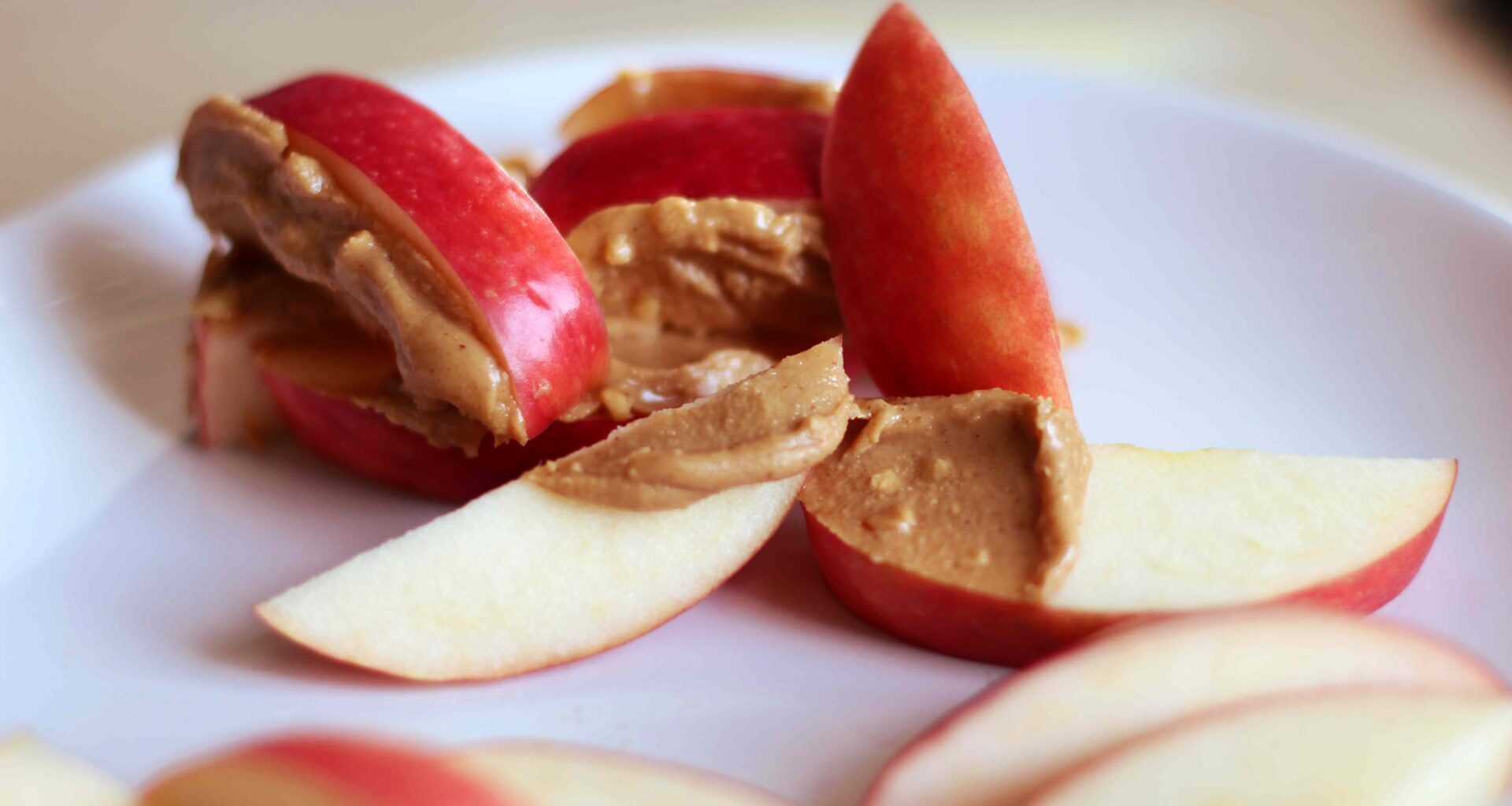There are over 7,500 varieties of apples grown in the world—and there may be just as many ways to eat them.
From applesauce to meat dishes to pies, apples can enhance all sorts of culinary preparations. And any way you slice them, they’re a nutrient-dense choice.
But some ways of eating apples are healthier than others—how you prepare them and what you pair them with can change their impact on blood sugar, satiety, and nutrient absorption.
We asked four dietitians for the healthiest ways to eat apples. Here’s what they said.
1. Eat Them With the Skin On
Peeling apples can remove flavors and textures that are less palatable to the taste buds. But it also removes a significant amount of fiber.
In fact, with its peel, an apple can contain over double the fiber of a peeled apple.
“Apple skin contains both soluble and insoluble fiber, greatly enhancing digestion and supporting healthy bowel movements,” Marcie Vaske, MS, LS, CNS, gut health nutritionist with the Oswald Digestive Clinic, told Health.
Insoluble fiber in the skin improves stool bulk and overall regularity, she explained. Meanwhile, the soluble fiber pectin helps regulate cholesterol and blood sugar, reduces constipation, and helps you feel full, which can help with weight management, Vaske said.
You don’t want to miss out on the antioxidants in apple peels, either. Peel-on apples contain more phytonutrients—specifically flavonoids and polyphenols—than the flesh of the apple does.
These antioxidants in apple peels may also have an anti-obesity effect, and according to Vaske, may protect against chronic inflammation.
2. Pair Them With Protein or Healthy Fat
Adding peanut butter, cheese, or yogurt to apples doesn’t just make for a tastier snack—foods like these also add protein and healthy fats to enhance an apple’s nutritional punch.
“The protein and fat content help to slow digestion and further increase satiety levels,” Helen Tieu, RD, MAN, registered dietitian and founder of Diet Redefined in Vancouver, Canada, told Health. “It also reduces how quickly the carbohydrates from the apple raise your blood sugar levels.”
Ultimately, this can support both healthy blood sugar and weight management.
3. Add Them to Breakfast, Lunch, or Dinner
Apples make for an easy, nutritious snack—but for even greater health benefits, it can be helpful to make them a more consistent part of your weekly diet.
For a balanced meal in the morning, pair these crunchy fruits with a source of protein and fat, Amy Brownstein, MS, RD, founder of Nutrition Digested, told Health.
She suggested grating unpeeled apples atop yogurt and granola, serving them with oatmeal, or adding them to smoothies.
The fruit can be a part of healthy lunches and dinners too—grain bowls and salads are a great vehicle for combining apples, protein, healthy fats, and carbohydrates.
“Apples provide crunch, natural sweetness, and a boost of fiber and antioxidants, increasing both the flavor and nutritional value of the dish,” said Vaske.
By mixing apples in with other foods, you’ll reap their blood sugar benefits, too. “Apples can also stabilize blood glucose spikes when mixed with refined grains” such as white rice, Vaske said, thanks once again to their fiber content.
4. Sprinkle Them With Spices
A quick sprinkle of spice atop apple slices enhances their flavor without adding sugar, calories, or fat.
“You can have a different experience each time you have an apple,” Chris Henigan, MS, RD, LDN, co-founder of Simple Start Nutrition, told Health. For warm, autumnal flavor, she suggested a dusting of cinnamon, nutmeg, or ginger.
Certain spices may come with their own set of health benefits, too. For example, “a lot of research on cinnamon shows it can be beneficial for blood sugar control,” Henigan added.
5. Make Low-Sugar Apple Desserts
Sweet apple treats like pies and pastries are undeniably appealing. Still, copious amounts of added sugar are a known detractor from health, increasing the risk of weight gain, heart disease, and type 2 diabetes.
Fortunately, not every apple dessert needs a ton of sugar to be satisfying and sweet, said Brownstein.
“Apples may serve as an alternative to added sugars, given their natural sweetness, crunch, and versatility,” she told Health.
A few of her favorite lower-sugar dessert ideas: “Turn apples into applesauce and cook down until caramelized for a rich treat. Or, thinly slice apples, dip in peanut butter, freeze, then dip in chocolate and freeze again.”
Not every apple-eating option wins the day. To “keep the doctor away,” it may be best to steer clear of:
- Sweetened apple juices and applesauces. Consuming apples this way usually lowers fiber content and adds sugar.
- Apple desserts. Pies, pastries, and cakes that feature apples are better as an occasional treat, as they usually contain high amounts of added sugar and fat.
- High-calorie dips or extras. Overdoing it on peanut butter, cream cheese, caramel sauce, chocolate sauce, or other dips could make weight management harder.
And, as great as apples are, make sure they’re not the only fruit you’re consistently eating—dietary variety is crucial for health.
Apples are some of the healthiest whole foods around. To maximize their benefits, don’t peel them, and enjoy their sweet, tangy crunch in food pairings with protein and good-for-you fats. Eating them this way could even help keep your hunger at bay and your blood sugar steady.
